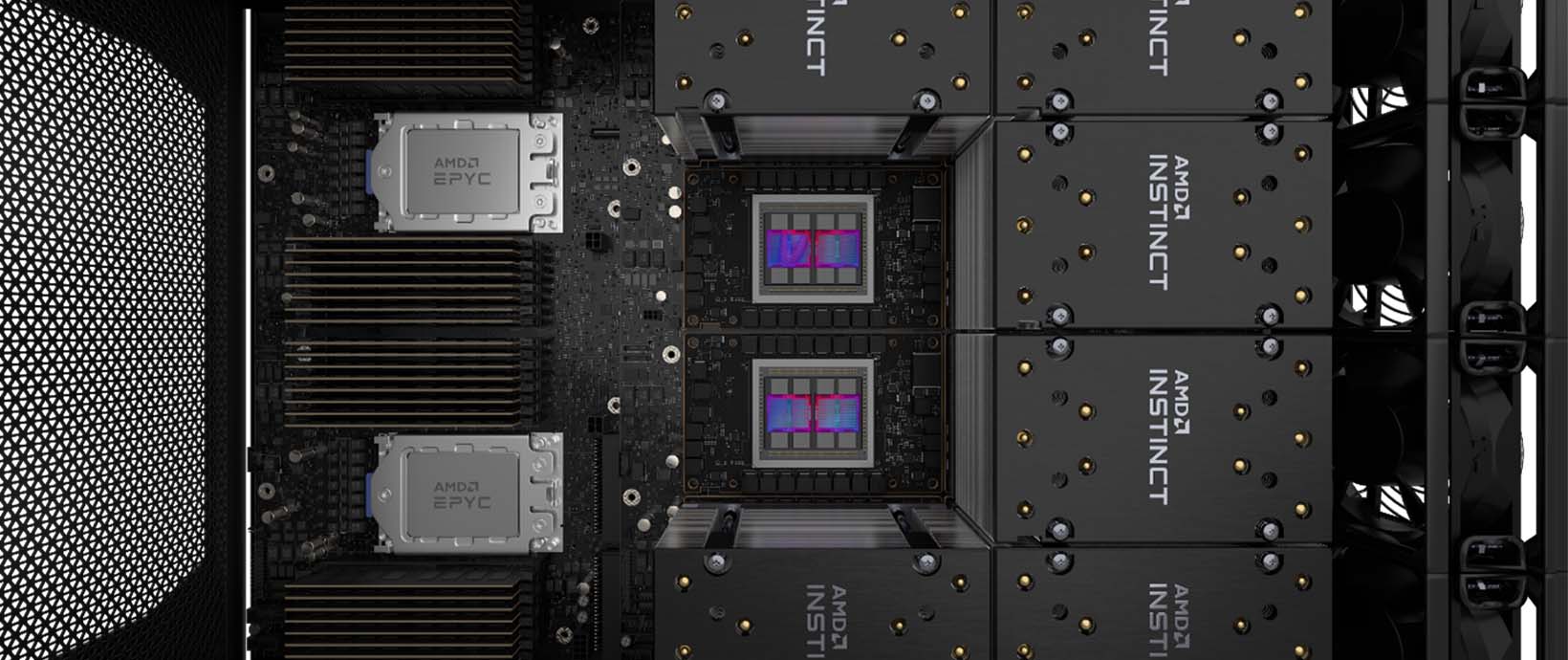How to Shorten Run Times: Leverage the Strengths of TAITherm & CFD Simulations

This guest contribution on the Altair Blog is written by the ThermoAnalytics team, a member of the Altair Partner Alliance.
Engineering teams around the world are in a constant battle to shorten the time to market while producing a product that is highly responsive to the customer. For engineering teams to reach their goals, the best solution is to simulate the product in its operating environment. By pairing a thermal code with your CFD process, you can shorten the overall simulation time and get the results you need by leveraging the strengths of each tool.
Drawbacks of using only a CFD or Thermal Code
Engineers tend to use either CFD or thermal simulation software to analyze thermal management for their product designs. Simulating a heat transfer problem using only CFD requires a highly detailed mesh and small timesteps which lengthen your run times and abbreviates critical heat transfer data. The limited thermal results produced by CFD alone will likely lead to a design that is overengineered and a process that consumes valuable production time.
Likewise, using a thermal simulation software alone won’t offer the level of fluid flow analysis that is critical for optimal design analysis for underbody thermal management. Fluid flow is critical for the increasingly popular transient drive cycle scenarios. While each tool has its own drawbacks, they also have their strengths.
Strengths of CFD and thermal simulation software
A thermal solver such as TAITherm is easy to set-up and quick to analyze the holistic effects of radiation, conduction, and convection. It is especially adept for transient models. TAITherm can run simulations quickly because it doesn’t require the same level of detail for a mesh or the same small timesteps of CFD. By using a mesh with an appropriate level of detail and the right timestep interval, you can decrease simulation time while still providing an accurate analysis of the heat transfer effects on a transient model. You can then capitalize on the strengths of a CFD code for analyzing the fluid flow within your design. By leveraging the strengths of CFD and an accurate thermal solver, you gain comprehensive data to help you manage the flow of heat within your system during operation using appropriate computational resources.
Understand performance during drive cycles
Running your simulation using both a CFD and thermal simulation software, you are provided with all the data that is necessary to make an informed decision about your design. For example, when analyzing underbody of a vehicle using a common uphill climb scenario: The thermal simulation will capture the radiation, conduction and convection effects of the environment on the vehicle during the hill climb, while the CFD code will help you understand the flow patterns of heat on the underbody. With this information, you can make better decisions about component location, heat shield strategies, or how to dissipate heat if necessary.
How coupling creates informed decisions
Leveraging the strengths of each tool provides more accuracy and actionable data using two sets of post-processing results. By coupling both methods, you will shorten run times and have better data to create a product that meets customer needs.
Want to learn more about TAITerm? Check out this introductory video and learn how to get started with TAITherm today!




